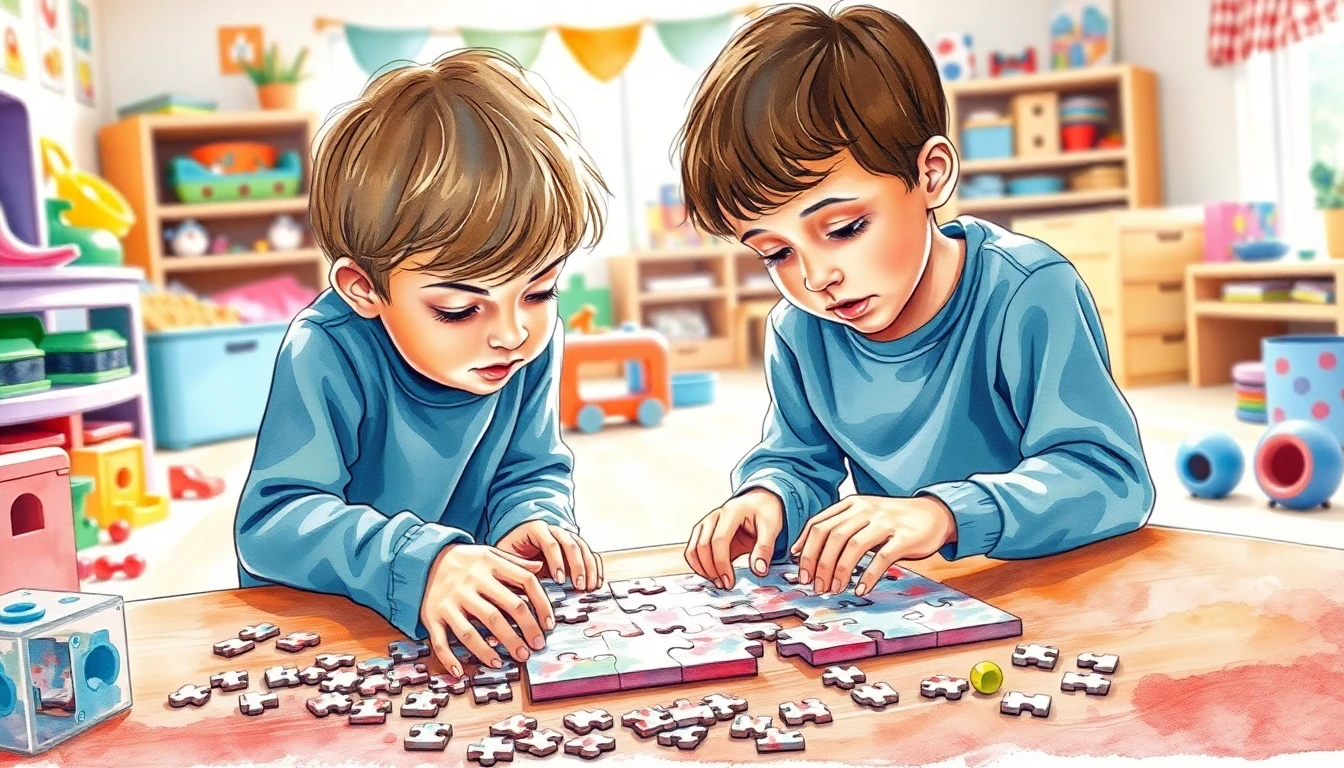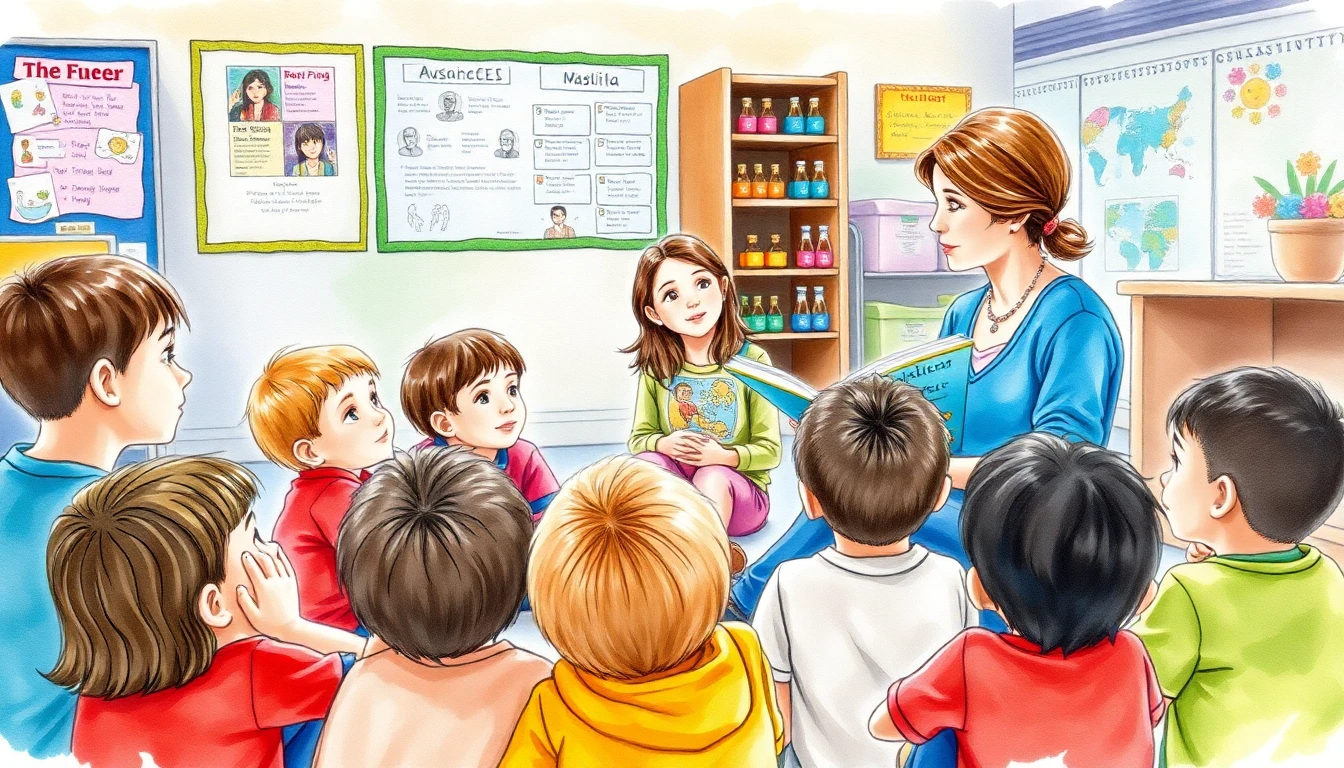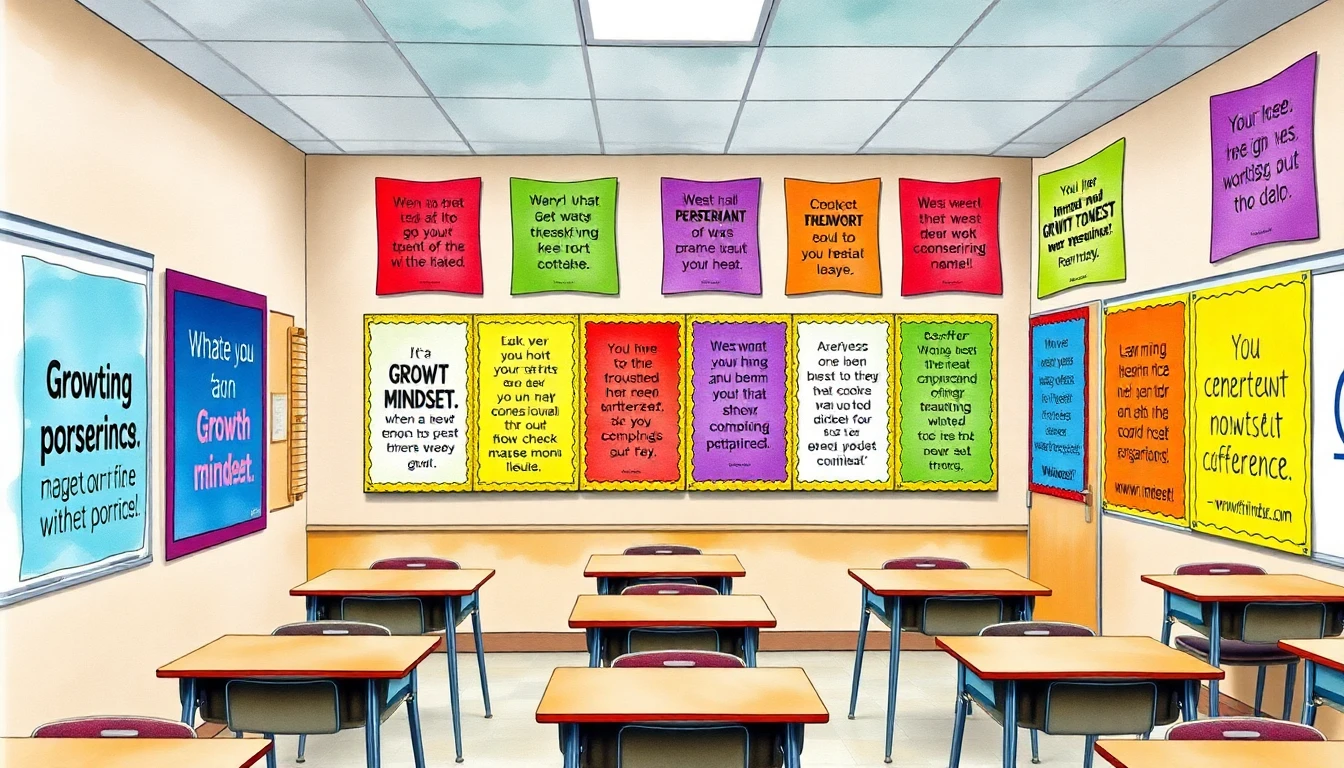
Introduction
In a world that often celebrates natural talent and quick success, helping our children develop a growth mindset is more important than ever. But what does that really mean? Simply put, a growth mindset is the belief that abilities and intelligence can be developed through dedication, hard work, and learning from mistakes. This way of thinking helps kids become more resilient, encourages them to keep trying, and empowers them to see challenges as exciting opportunities to grow.
As both a parent and an educator, I’ve seen firsthand how powerful a growth mindset can be. I’ll never forget when my son, Alex, struggled with math in third grade. He’d come home frustrated, saying, “I’m just not good at math!” Instead of letting him believe that, we started reading books together that showed how math skills and any skills can be built with practice and effort. Slowly, Alex’s attitude changed. He started asking questions, trying new strategies, and celebrating small wins. By the end of the year, not only was he keeping up in math he was actually enjoying it! That experience convinced me how important it is to nurture a growth mindset from a young age.
One of the most fun and effective ways to do this? Storybooks! The right stories introduce kids to relatable characters, engaging adventures, and powerful messages about effort, perseverance, and learning from mistakes. In this article, I’ll share some of my favorite storybooks for teaching growth mindset, along with tips and real-life examples to help you inspire the children in your life.
Understanding the Growth Mindset: Why It Matters

The idea of a growth mindset was made famous by psychologist Carol Dweck. Her research shows that people with a growth mindset are more likely to embrace challenges, keep going when things get tough, see effort as the path to mastery, learn from feedback, and find inspiration in others’ success. On the other hand, those with a fixed mindset believe their abilities are set in stone. They tend to avoid challenges, give up easily, and feel threatened by others’ achievements.
Why does this matter for kids? Because a growth mindset gives them the tools to handle life’s ups and downs. When children believe they can grow, they are more likely to:
- Embrace challenges: They see tough tasks as chances to learn, not things to avoid.
- Keep going through setbacks: They don’t give up easily and learn from their mistakes.
- Value effort: They understand that hard work is key to success.
- Learn from feedback: They see feedback as helpful, not hurtful.
- Find inspiration in others: They celebrate others’ success and believe they can succeed too.
Helping kids develop a growth mindset isn’t about telling them they’re smart or talented. It’s about praising their effort, strategies, and progress. It’s about teaching them to welcome challenges, learn from mistakes, and never give up on their dreams.
Practical Tips for Fostering a Growth Mindset
Here are some simple ways you can encourage a growth mindset every day:
- Praise effort and progress: Focus on how hard your child worked or the strategies they tried, not just the result. For example, “I noticed how you kept trying different ways to solve that problem!”
- Embrace mistakes as learning opportunities: Help your child see mistakes as a normal part of learning. Ask, “What did you learn from this?” or “What could you try next time?”
- Encourage challenges: Support your child in trying new things, even if they’re hard at first.
- Model a growth mindset: Let your child see you learning, making mistakes, and not giving up.
- Use “yet” instead of “can’t”: When your child says, “I can’t do this,” add “yet.” It’s a small word that makes a big difference!
Storybook Selections: Nurturing Growth Mindset Through Narrative

Ready to get started? Here are some wonderful storybooks that can help spark a growth mindset in your child:
-
Rosie Revere, Engineer by Andrea Beaty: Rosie is a shy girl who dreams of being an engineer but is afraid to fail. With encouragement, she learns to see mistakes as part of the creative process.
- Growth Mindset Message: Mistakes are learning opportunities; celebrate the process, not just the result.
- Real-life example: I read this with students who were nervous about science experiments. After Rosie’s story, they became braver about trying new things even if it meant making mistakes!
-
The Girl Who Drank the Moon by Kelly Barnhill: This magical novel follows Luna, a girl who must learn to control her powers through practice and perseverance.
- Growth Mindset Message: Embrace imperfections and keep learning, even when things are hard.
- Real-life example: My daughter found this book “too hard” at first. We broke it into small sections, and by the end, she was so proud of finishing a challenging book!
-
Beautiful Oops! by Barney Saltzberg: This interactive book turns “mistakes” into creative masterpieces, showing kids that accidents can lead to something beautiful.
- Growth Mindset Message: Mistakes can spark creativity and new ideas.
- Real-life example: In art class, we made “mistakes” on purpose and turned them into unique designs. The kids loved it!
-
Bubble Gum Brain by Julia Cook: This story introduces “Bubble Gum Brain” (growth mindset) and “Brick Brain” (fixed mindset), helping kids recognize and change their own thinking.
- Growth Mindset Message: You can change your mindset and learn new things with practice.
- Real-life example: My students started tracking their “Bubble Gum Brain” moments and celebrated every time they tried something new.
-
Making a Splash by Carol Dweck & Lisa Firke: This collection of stories, including one about a young swimmer named Sylvia, shows how a growth mindset helps kids face challenges and competition.
- Growth Mindset Message: Focus on your own progress and celebrate personal bests, not just winning.
- Real-life example: My niece, a swimmer, used to get discouraged after a bad race. After reading this, she started celebrating her own improvements and enjoyed swimming more.
Beyond the Books: Creating a Growth Mindset Environment

Storybooks are a great start, but the environment you create at home or in the classroom matters just as much. Here are some ways to keep the growth mindset spirit alive:
- Use growth mindset language: Avoid saying things like “You’re so smart!” Instead, focus on effort and progress: “I love how hard you worked on that!”
- Encourage self-reflection: Ask your child, “What did you learn today?” or “What challenge did you overcome?”
- Celebrate effort and perseverance: Recognize hard work, even if the outcome isn’t perfect.
- Model a growth mindset: Let your child see you trying new things, making mistakes, and learning from them.
- Create a safe space for mistakes: Remind your child that mistakes are part of learning and nothing to be ashamed of.
By reinforcing these ideas every day, you’ll help your child build the confidence and resilience they need to thrive.
Frequently Asked Questions

What age is appropriate to introduce growth mindset concepts?
It’s never too early! Even young children can understand that effort and practice help them get better. Start with simple language and praise their effort. As they grow, you can talk more about the difference between fixed and growth mindsets.
How can I tell if my child has a fixed mindset?
Kids with a fixed mindset might avoid challenges, give up easily, see effort as pointless, ignore feedback, or feel threatened by others’ success. If you notice these signs, gently introduce growth mindset ideas and give them chances to experience the benefits of effort and perseverance.
What if my child is already very successful? Will a growth mindset still help?
Absolutely! Even naturally talented kids need a growth mindset. It helps them embrace new challenges, cope with setbacks, keep loving learning, and avoid perfectionism or fear of failure. In fact, it’s often the key to reaching their full potential.
Closing Thoughts

Helping your child develop a growth mindset is a gift that lasts a lifetime. By giving them the tools to embrace challenges, learn from mistakes, and keep going, you’re empowering them to reach their full potential and enjoy the journey of learning.
Remember, it’s not about being perfect or having all the answers. It’s about effort, perseverance, and believing that anything is possible with hard work and the right attitude. Start with these storybooks, create a growth mindset environment, and watch your child’s confidence and curiosity soar!
